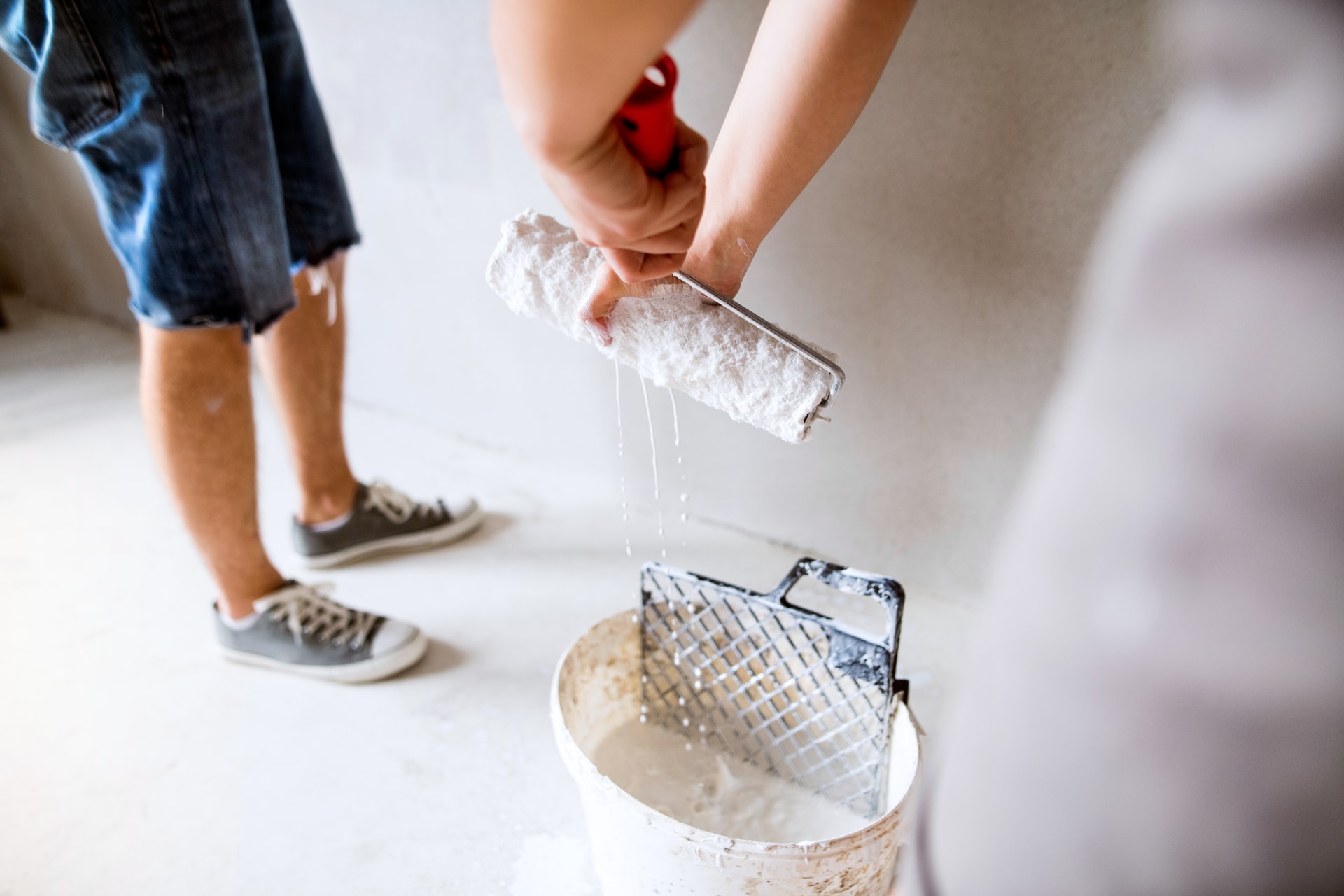The Different Types Of Exterior Wall Paints
There are a few different types of exterior wall paints available on the market today. This article will discuss the differences between oil-based and latex paints and the advantages and disadvantages of each. In addition, we’ll cover different types of textures and wall paints.
Contents
Water-Based Paints
Water-based exterior wall paints are available in various price ranges and quality levels. They are suitable for most exterior surfaces, including aluminum, wood, and vinyl siding. They also work well on masonry.
Contractors and exterior house painters in Arizona often prefer water-based paints because they are odor-free, fast-drying, and easy to apply. Although oil-based paints are more durable and resist peeling and fading, they also produce a strong odor that can cause headaches and difficulty breathing. Furthermore, these paints can be harmful to children.
Latex paint is less costly and more eco-friendly. It’s better for vertical surfaces. It’s not recommended for furniture and outdoor spaces. Water-based paints can cover larger areas and are easier to apply than other types of paint. They also flow more easily and don’t require spirit to thin them.
Oil-Based Paints
Oil-based exterior wall paints use the same pigments as water-based paints but are suspended in an oil-based binder. This binder is usually linseed oil. Oil-based paints tend to dry slower, requiring more time to dry before applying the final coat. In addition, oil-based paints tend to be more susceptible to mildew and cracking. Finally, they are more challenging to apply and remove in the wrong place.
Oil-based paints can be difficult to apply correctly, and you must prepare your exterior wall surface properly. It is also essential to use a high-quality paintbrush with oil-based paint.
Textured Paints
Textured exterior wall paints can be an attractive option for your home. These paints are durable and hide blemishes caused by time and weather. This type of paint can also cover cracks and dents.
Textured exterior wall paints can give your home a unique look that will make your home stand out from the rest. These paints are thick and contain sand and gypsum in a water-thinned binder. These particles give rough patterning on the wall.
Enamel Paints
There are two types of exterior enamel paints: oil-based and water-based. Oil-based paints contain highly flammable solvents and may break and crack after a few years. Water-based paints can be easily cleaned and are resistant to UV rays. Water-based enamel paints are a good choice for exterior walls because they don’t yellow and last longer.
When choosing a type of exterior enamel paint, you should first consider the surface you’ll be painting. You’ll want to consider the surface’s humidity, heat, and dirt. Enamel paint is easy to clean and has a glossy finish.
Latex Paints
Latex exterior wall paints have many advantages, including improved adhesion on metal and wood, better color retention, and resistance to chalking and cracking. They also dry faster than oil-based paints and are safer to use. They don’t turn yellow over time or lose their vibrant color.
Oil-based paints may be suitable for some home projects but also have many disadvantages. They tend to have a higher odor and take longer to dry than latex. They also are challenging to clean. They also tend to fade quicker and need extra care when rags are used to clean them. Finally, oil-based paints are less durable and waterproof than latex paints.
While latex paints are popular today, it is essential to do homework before choosing the right type for your home. Typically, latex paints are made from 100 percent acrylic resins or polymers. They are thinner than oil-based paints, but they level better when applied.

